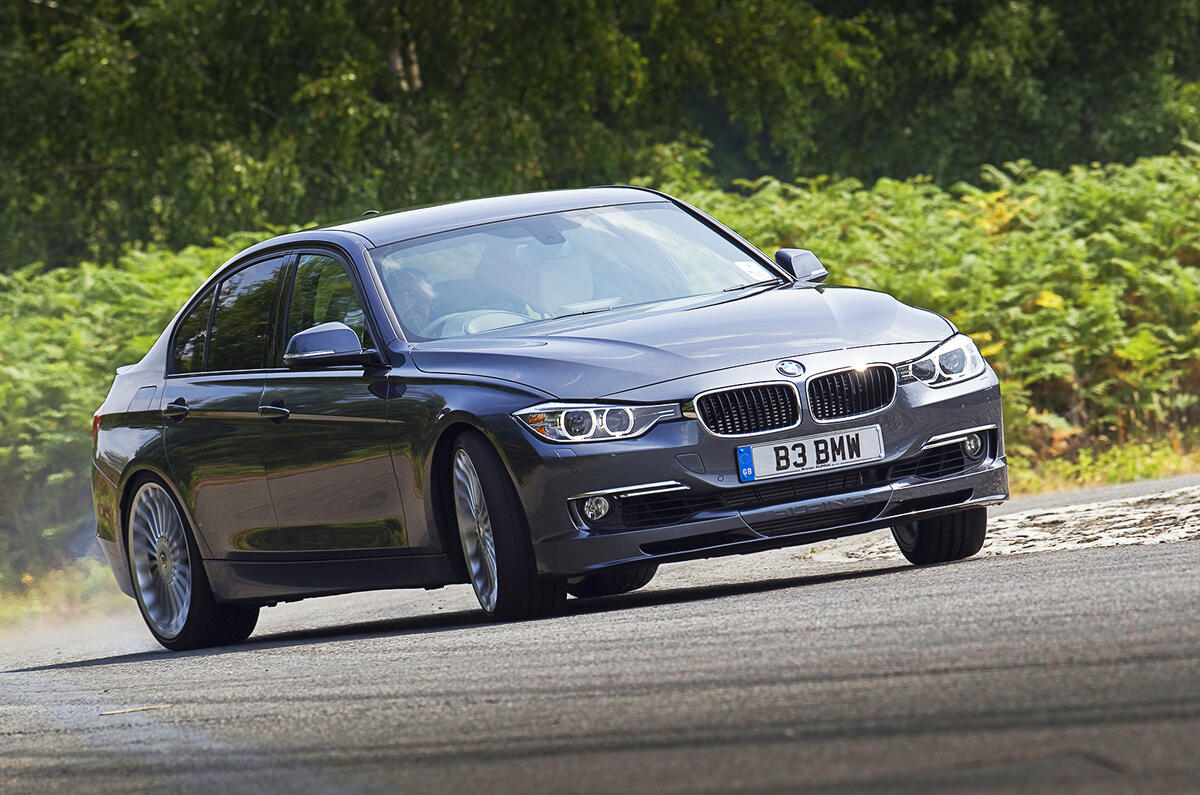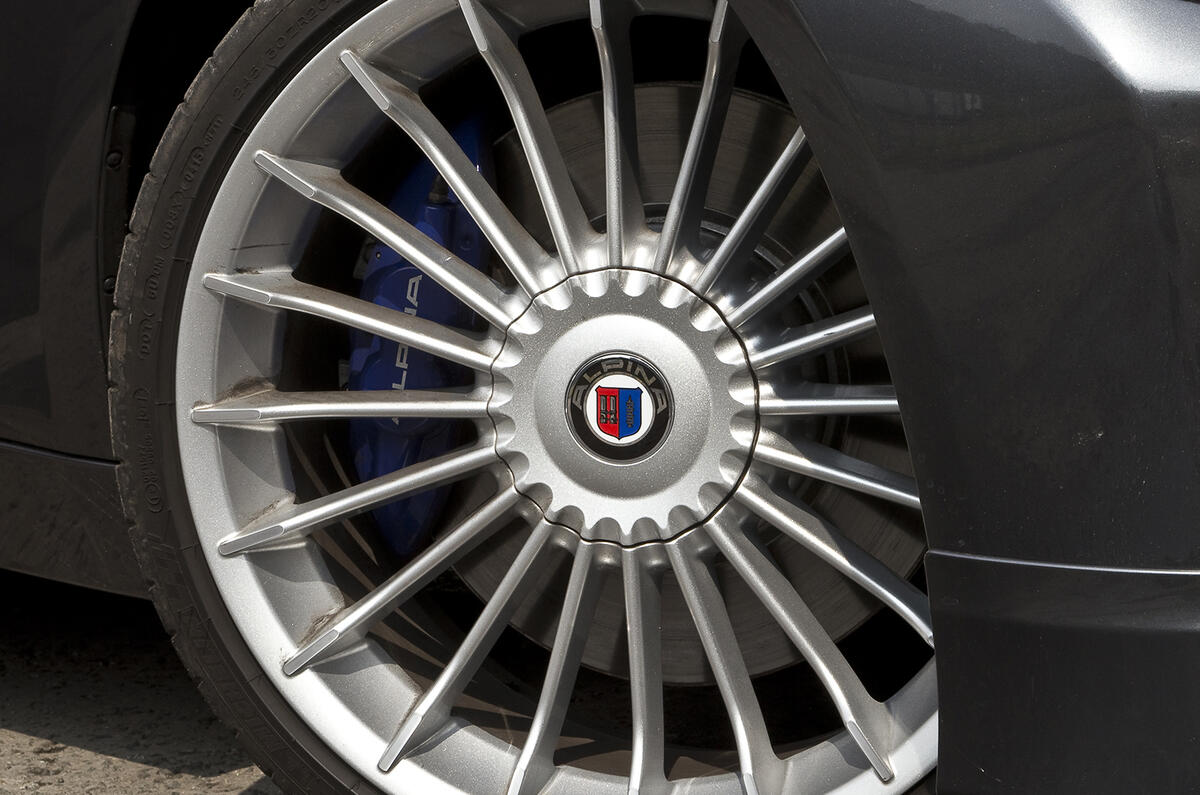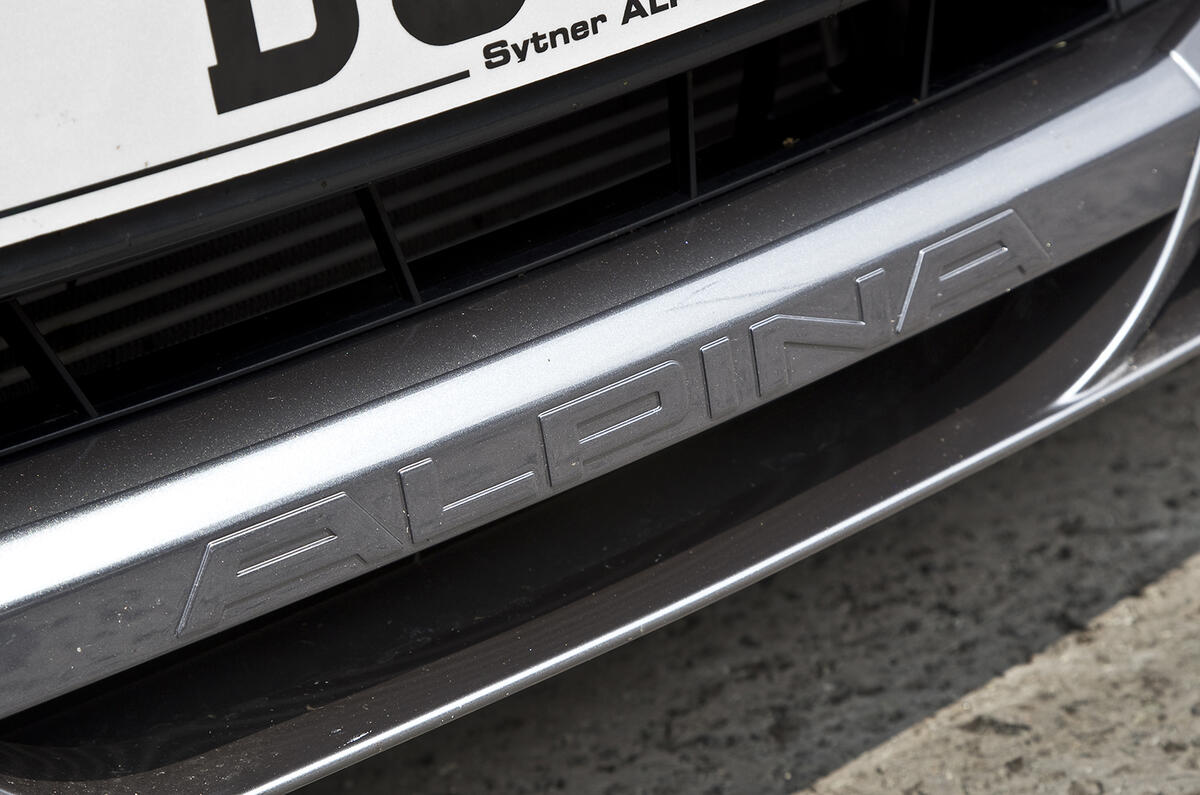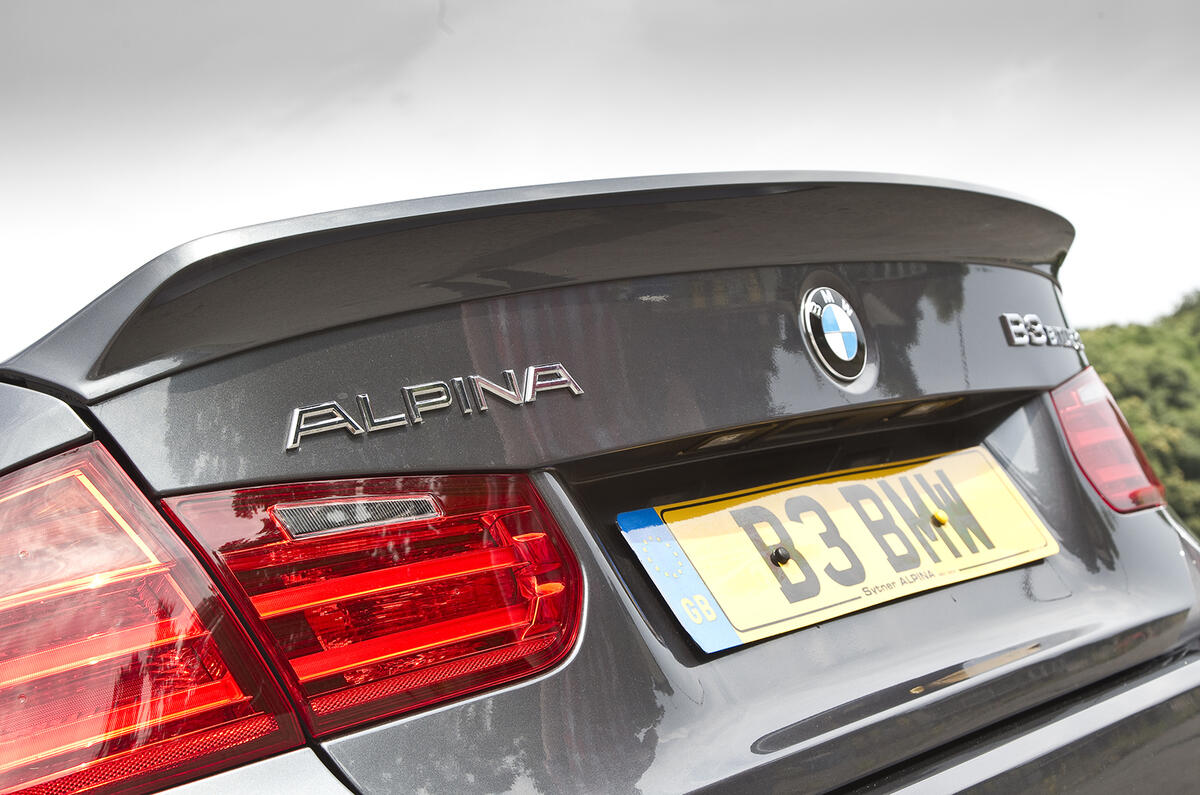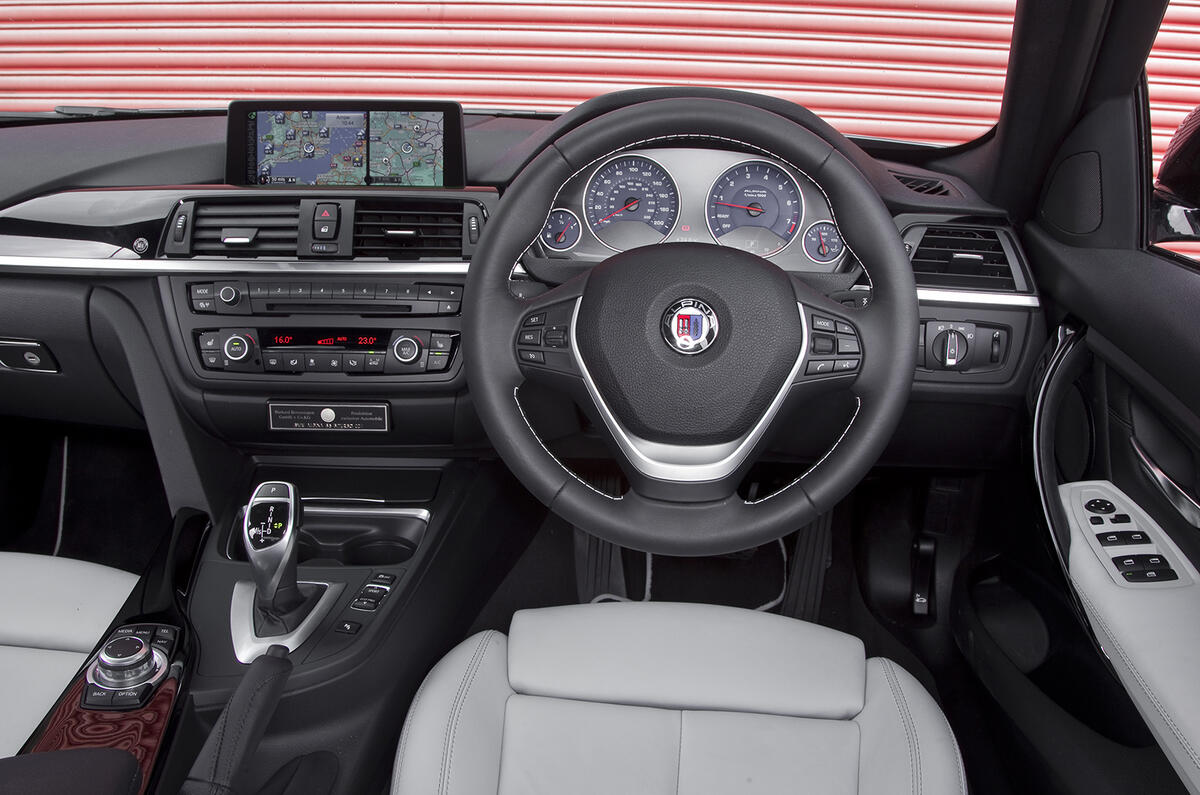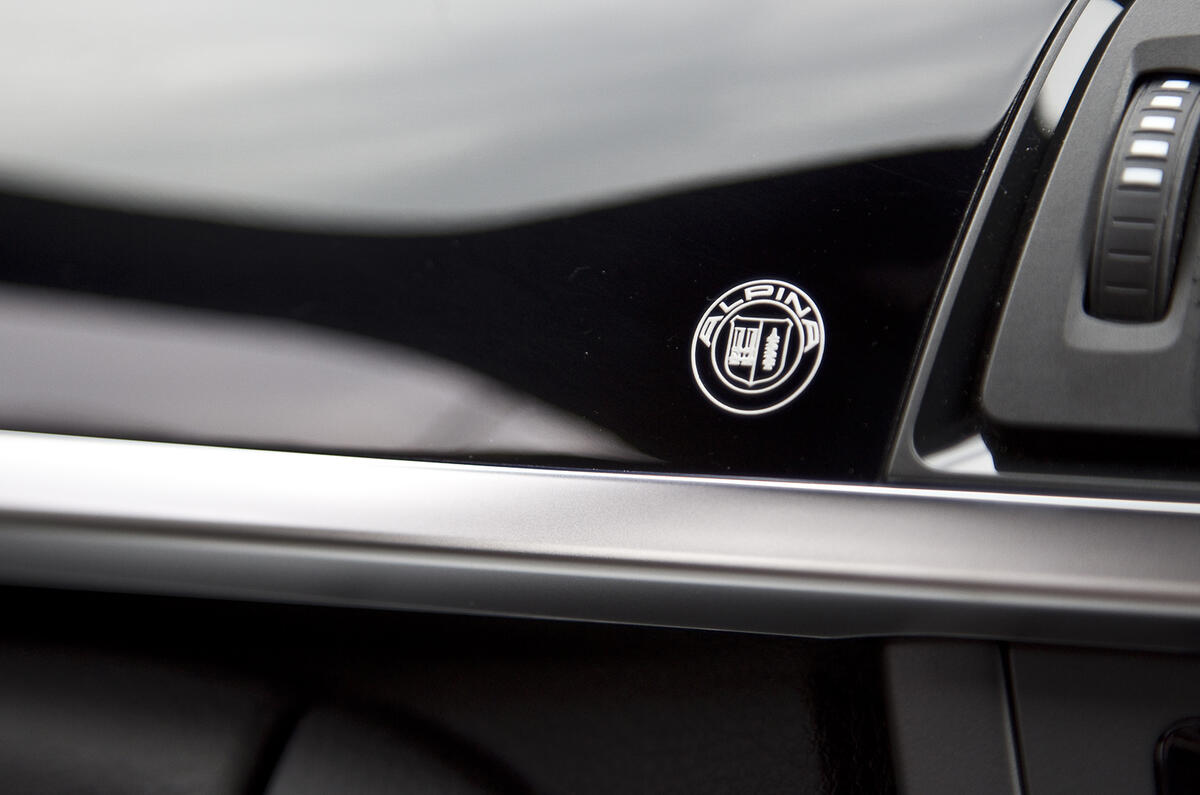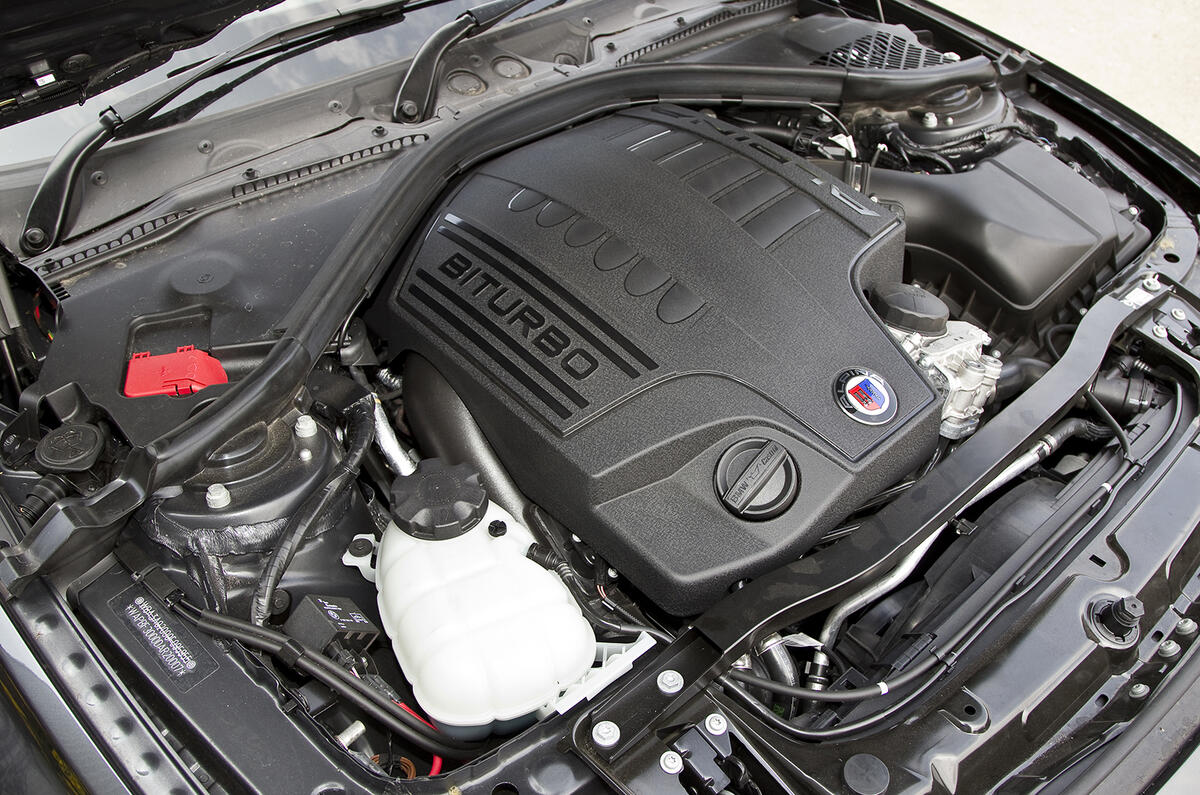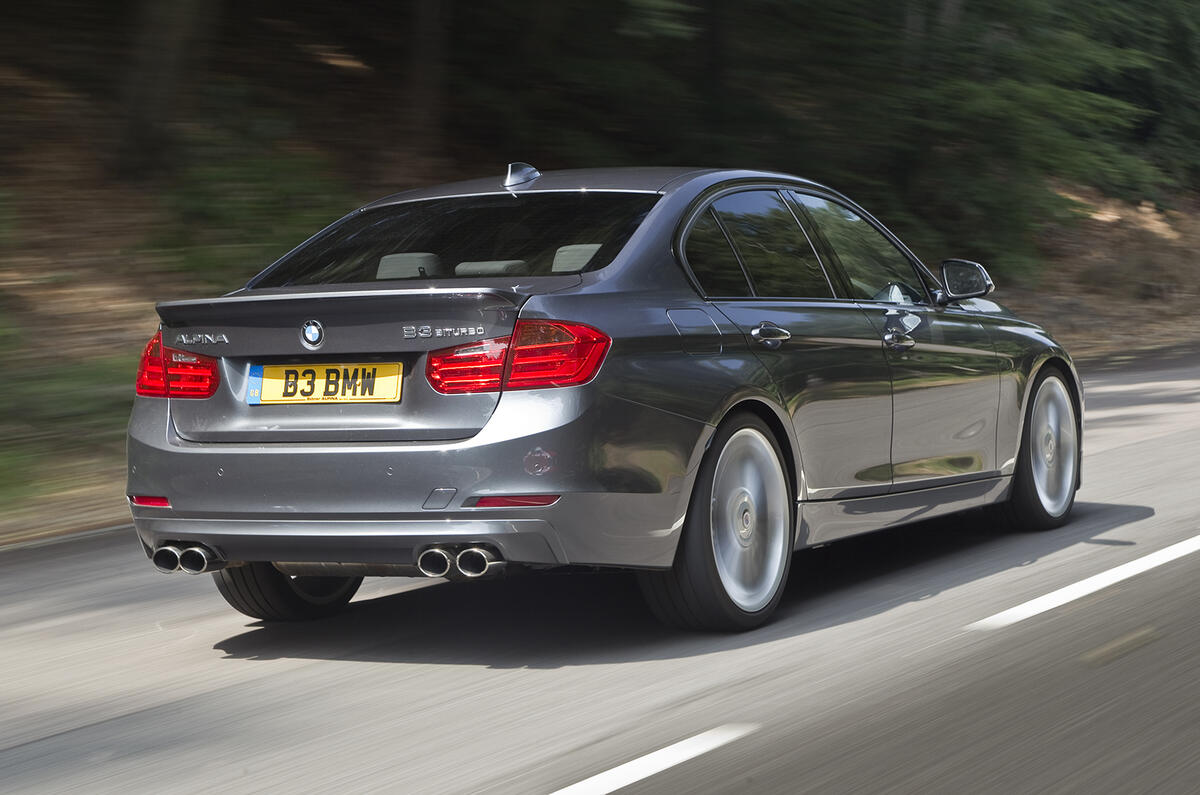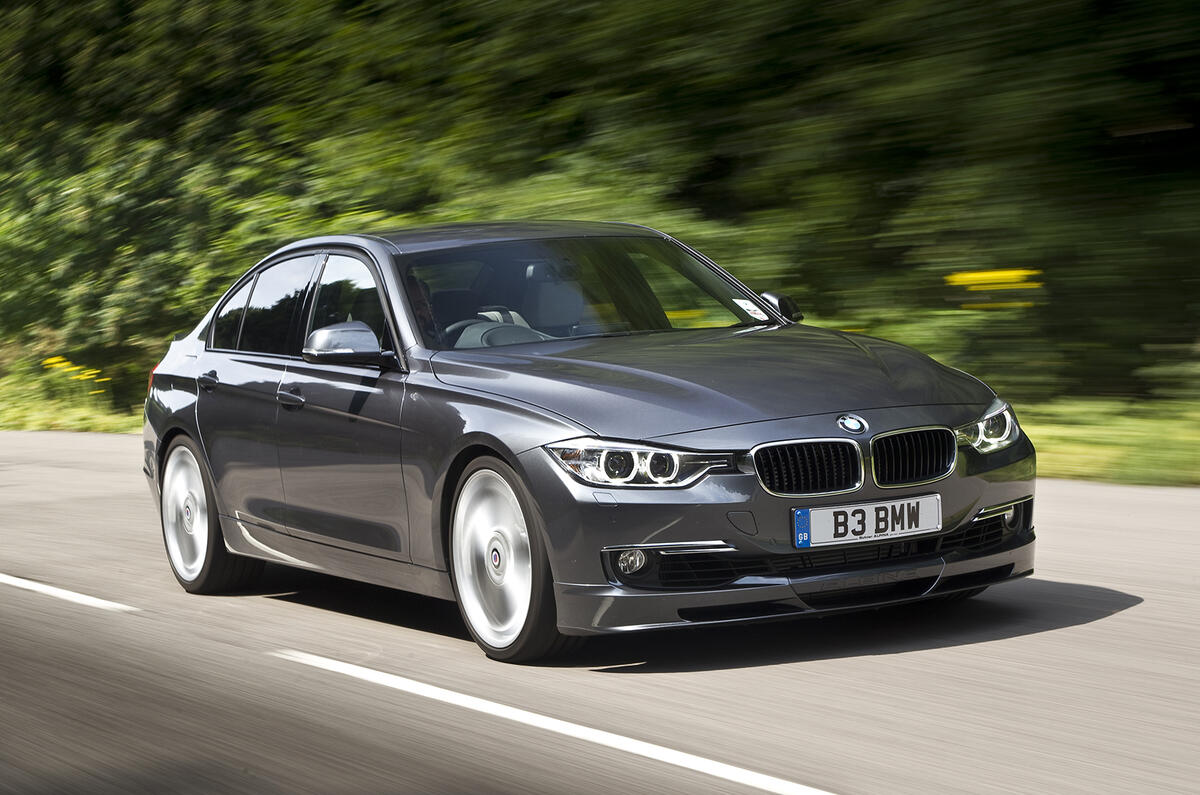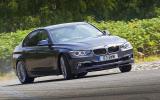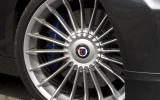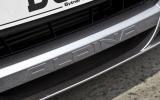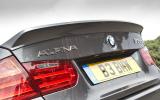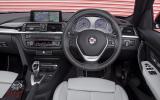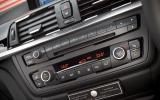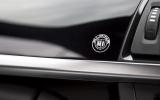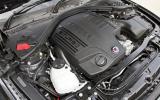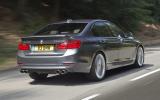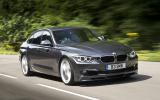The Alpina B3 isn’t an M-car. Yes, it’s a powerful BMW 3 Series, yes, it’s exclusive, yes, it’s fast and yes, it’s on the reassuringly expensive side. But if you know Alpina, you’ll know it does things differently.
Within the automotive world, the relationship between Alpina and BMW is a rare and precious one. BMW, global player though it is, doesn’t just tolerate the independent company Alpina – registered as a manufacturer in its own right 30 years ago – but genuinely enjoys its relationship with it, to the extent that a high-performance Alpina will usually arrive long before an M division version of the same model.
This time, the engine modifications run quite deep; BMW didn’t offer such a twin-turbocharged six at the time, but now offer it in the shape of the 340i. It takes the number of Alpina models currently on sale to an impressive seven, adding up to a total volume of around 2000 units a year, and they can be serviced at any BMW dealer.
Such is the case here with the B3 Biturbo, a 404bhp variant of the latest F30/F31 3 Series in the finest Alpina form: with a twin-turbo straight six engine, automatic gearbox and subtle modifications to chassis and design.
Alpina has been fettling the BMW 3 Series for almost as long as there has been one to fettle. The earliest cars, based on the original E21 and badged A1/3, were delivered to Buchloe for tuning post-build.


